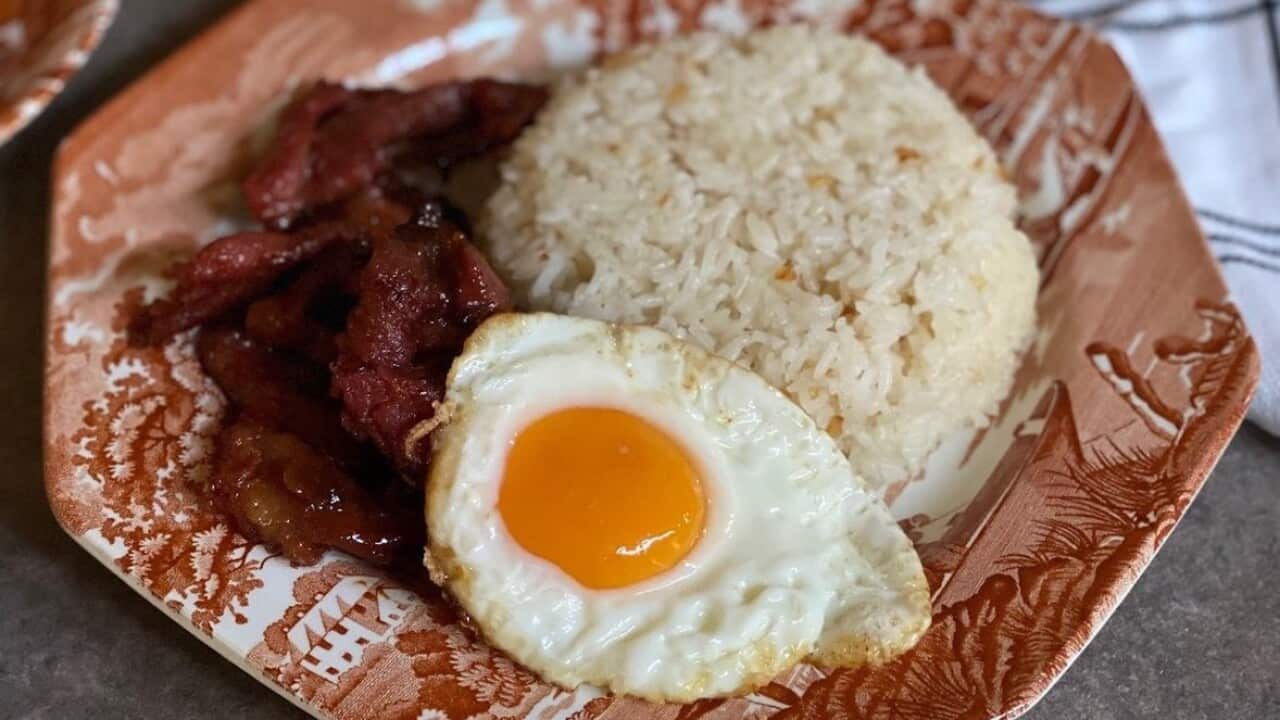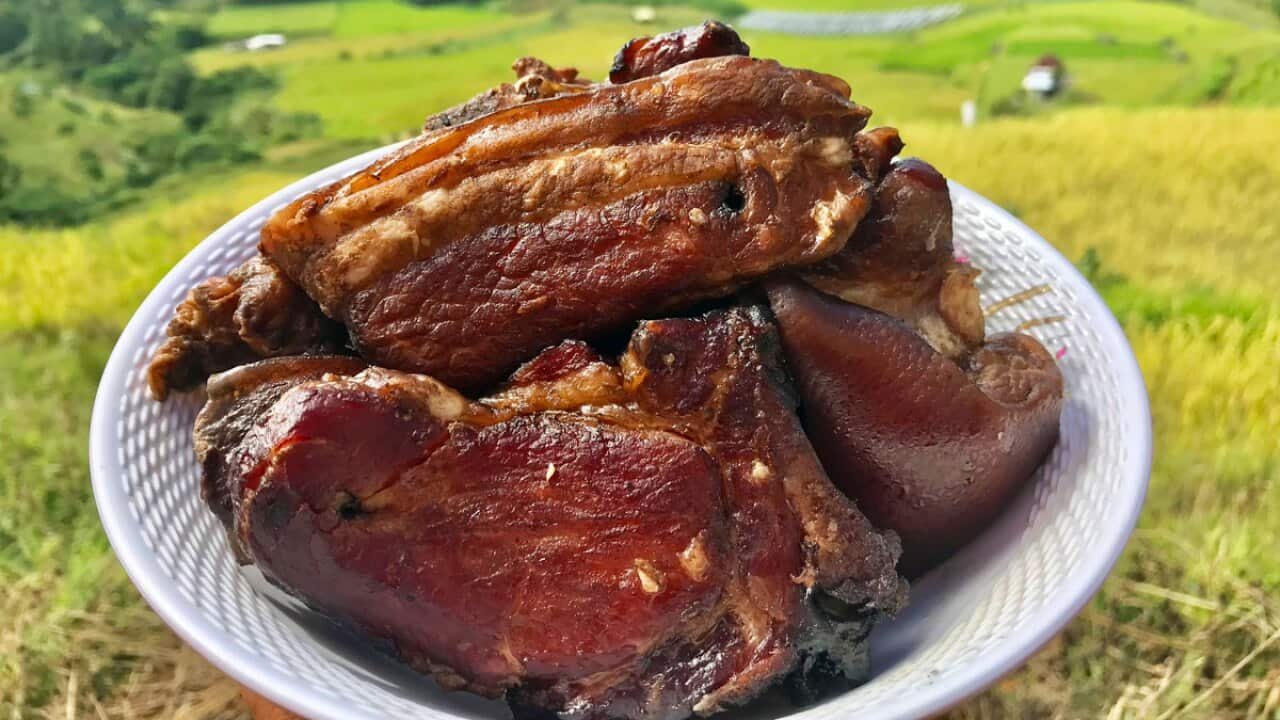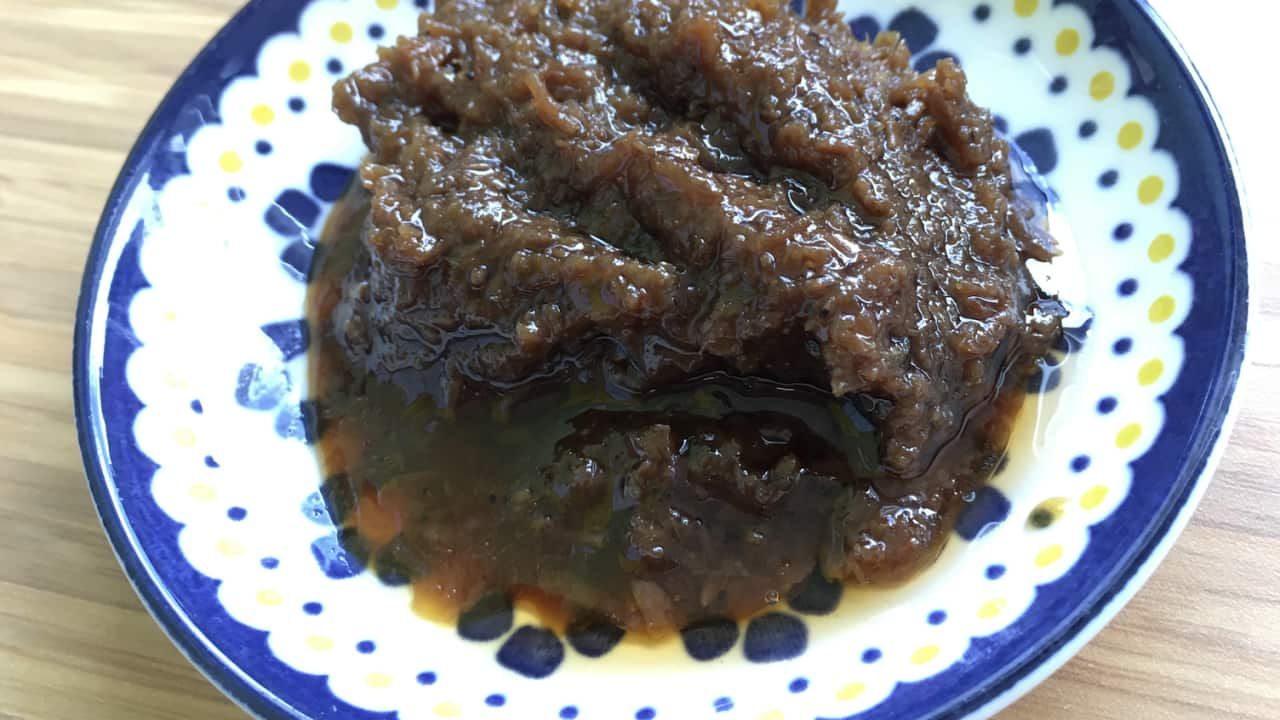Manila-born, Melbourne-based Sophia Bagatsing is a city girl with a rural heart.
The aspiring farmer and project manager for environment organisation Mornington Peninsula Landcare was raised in the urban, industrial capital of the Philippines. However, her parents regularly took the family on visits to her grandparents' farm, which is where her ex-cattle rancher grandmother taught her how to harvest the land and to make traditional Filipino meals.
"[My grandmother] was born and raised in a rural town called Lambunao, which is basically a fishing island, but they're based in the centre of the island on the mountain tops," Bagatsing says. They grew up in a high-altitude area with lots of fruit trees, the main crops being sugar cane and rice. Her grandmother had grown up with cacao, jackfruit and mangoes as treats. "They didn't have candy as kids, so they'd eat fruits for dessert. It wasn't until I visited her hometown that I tasted a cacao fruit and it's nothing like chocolate, which surprised me." She describes it as a bit gummy with white flesh that's light and sweet like gelatine.
Her grandmother had grown up with cacao, jackfruit and mangoes as treats. "They didn't have candy as kids, so they'd eat fruits for dessert. It wasn't until I visited her hometown that I tasted a cacao fruit and it's nothing like chocolate, which surprised me." She describes it as a bit gummy with white flesh that's light and sweet like gelatine.

Lola Hilda, Sophia Bagatsing's grandma, in Lambunao, the Philippines. Source: Supplied
"It's a unique flavour on its own. I got into agriculture because I wanted to grow my own cacao trees. Eating fresh from the tree or the vine is so much better than the processed stuff I grew up on."
Bagatsing's parents raised her and her younger sister on the typical Westernised diet common to most Manila families: Spam, processed meat, pasta, bacon and sausages. Their family diet was half Western and half traditional Filipino dishes.
FROM COLONISATION TO INDEPENDENCE

How Filipinos regained their independence and made Spam their own
When her family moved to Australia during her university years, she remained in Manila to care for her grandmother, only leaving for Melbourne when her uncles took over carer duties. She arrived in 2014 at the age of 19.
While it was ordinary to be out in the rice paddies, the prospect of a young migrant farmer choosing to get her hands dirty in urban Australia was puzzling to many, but she attained her masters in agricultural science and diploma in sustainability and began volunteering.
"I would constantly doubt if there was a space for me," she confesses. "I so desperately wanted to belong. I knew that this was exactly what I wanted, and I had to find a way to get my foot in the door. I wouldn't say it's deliberate exclusion of a migrant in the agriculture industry, but it's not very often that this kind of career would be alluring to a young, migrant woman." However, she says that doesn't mean there isn't a space for migrants in the field. "I've come across – although very few – some other young, Asian females and it's very reaffirming to know I'm not alone in what I'm doing."
However, she says that doesn't mean there isn't a space for migrants in the field. "I've come across – although very few – some other young, Asian females and it's very reaffirming to know I'm not alone in what I'm doing."

Sophia Bagatsing values food that's sustainable, like that her grandma introduced her to in the Philippines. Source: Supplied
Studying and growing food has made her more conscious of her palate and what she actually craves, and that often includes Filipino dishes that her grandmother taught her.
"I do really love menudo [also known as ginamay, a traditional stew from the Philippines]. It's like a tomato, beef, veggie stew," she says.
I got into agriculture because I wanted to grow my own cacao trees. Eating fresh from the tree or the vine is so much better than the processed stuff.
Her comfort food is sinigang - a tamarind soup. Tamarind is traditionally sweet, but the broth in this dish is tangy and sour and it's also packed with vegetables like tomato, eggplant, leafy greens and onions.
"It's a really hearty soup. I learned to make it before I moved to Australia because I thought, 'I've got to learn at least one dish'. And coming from a tropical country to a four-season country… that food reminds me of home." To make many of the dishes she prepares for herself and her sister, she visits her nearest Asian grocer and the Footscray Market.
To make many of the dishes she prepares for herself and her sister, she visits her nearest Asian grocer and the Footscray Market.

Sophia Bagatsing learnt how to make traditional Filipino food from her grandma. Source: Supplied
"I would be getting powdered sachets of coconut-based, soy-and-vinegar based, tamarind-based sauces. The most common dishes always have a seasoning mix then throw in whatever vegetables are suited to that dish."
Other condiments she enjoys are soy sauce, fish sauce and Mang Tomas, which features Lechon sauce. "[Mang Thomas is] manufactured in the Philippines and people go crazy over it," she explains.
"We also have banana ketchup: it's spicy, sweet and it tastes like bananas. It's one of the traditional Filipino sauces. I'd put it on crispy fried chicken, or with fries."
Whether it's banana ketchup on chicken, or pursuing life as a farmer in the urban centre of Melbourne, doing things her way is giving license to young farming aspirants to imagine what they could be and do, too.
FILIPINO FOOD WONDERS

Feels like home: The pork stew this Filipino chef craves









